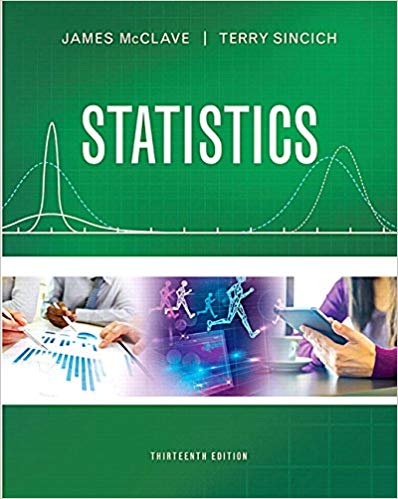In Health Education Research (Feb. 2005), nutrition scientists at Deakin University (Australia) investigated children's per- ceptions of
Question:
a. Find the sample proportion of boys who drew a dog on their maps.
b. Find the sample proportion of girls who drew a dog on their maps.
c. Compare the proportions you found in parts a and b. Does it appear that the likelihood of drawing a dog on the neighborhood map depends on gender?
d. Give the null hypothesis for testing whether the likelihood of a drawing a dog on the neighborhood map depends on gender.
e. Use the MINITAB printout below to conduct the test mentioned in part d at α = .05.
f. Conduct a test to determine whether the likelihood of drawing a TV in the bedroom is different for boys and girls. Use α = .05.
-1.png)
-2.png)
-3.png)
Fantastic news! We've Found the answer you've been seeking!
Step by Step Answer:
Related Book For 

Question Posted:





